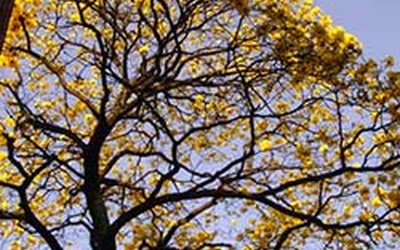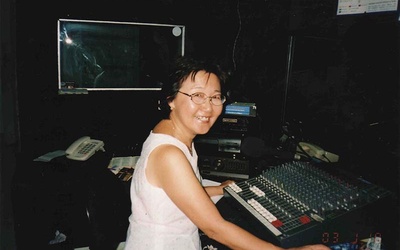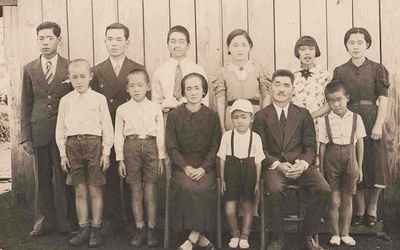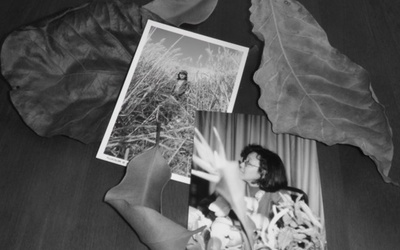OHAYO Bom dia
My grandfather immigrated to Brazil from Japan about 100 years ago, and I was born in Brazil. That is why I strive to become a ‘bridge’ between Brazil and Japan. I treasure the ‘Japan’ rooted deep in my heart, and I want to keep that part of me protected in my homeland of Brazil. This series was composed with those feelings in mind. (“Bom Dia” is “Good morning” in Portuguese)
Stories from this series
Chapter 20 (Part 2): “OHAYO Bom Dia” On-Air
Dec. 7, 2011 • Laura Honda-Hasegawa
Part 1 >>Japanese cuisine was also a popular topic. Our shows aired on weekday mornings so many of our listeners were housewives, but we found that there was interest among men as well. Brazilians are known to incorporate soybeans in their cooking, so we introduced a recipe for cake using “okara” (bean curd lees from making tofu). Other ingredients included bananas and fubá (corn powder), which are commonly used by Brazilians. We immediately received a call after introducing the recipe. …
Chapter 20 (Part 1): “OHAYO Bom Dia” On-Air
Nov. 30, 2011 • Laura Honda-Hasegawa
“Ohayo Bom Dia! What a wonderful morning it is. This is Laura Honda, bringing you today’s program, full of spirit. Please enjoy.” For seven years, this is how my day started. Rain or shine, I commuted to the radio station and truly enjoyed my time there. It had been a life-long dream of mine to work as a radio host. Back in the 50s, there was a question that adults often asked us kids: “What do you want to be …
Chapter 19: To Be Nikkei
Nov. 23, 2011 • Laura Honda-Hasegawa
As I was leaving the Anna Rosa subway station one day, I overheard a conversation between some students behind me. “She’s too good. It’s because she has ‘Asian neurons’.” What did they mean by “Asian neurons”? It was the first time I had heard of such a term. Since there were some high schools and prep schools nearby, I thought maybe these boys had failed an exam while they believed “she” was able to pass because she was Asian. It …
Chapter 18 (Part 2): Old Japan, It’s here!
Nov. 17, 2011 • Laura Honda-Hasegawa
Part 1 >>Here’s another story from the past…In 1959, I visited my mother’s family home for the first time. It was a farm outside of Londrina in the state of Parana. I experienced many things for the first time there. One was having to take off my shoes when entering the house. We had to do that at my house too, but we had a geta-bako [a place for storing shoes]. (Of course, I’d never worn geta – traditional wooden …
Chapter 18 (Part 1): Old Japan, It’s here!
Nov. 16, 2011 • Laura Honda-Hasegawa
Forty years ago, I went to Japan as a foreign exchange student. At that time, my Japanese was limited to a few words. Yet, for whatever reason, I wasn’t worried at all. I think it was because I was young. First, I found lodging and said to the woman who ran the place, “Please loan me a maekake.” She turned her head a bit and said, “If it’s an apron you want, here you go.” After some time had passed, …
Chapter 17: Only this path in Autumn
Nov. 9, 2011 • Laura Honda-Hasegawa
I wrote "Aki (Autumn)" while I was an exchange student in Japan. Thirty five years later, it was translated into Japanese, and part 2 was added. And then, very recently, while I was worshiping at my church, a bible verse inspired me to write part three. * * * This path, covered with fallen leavesA sparkling pond, jumping koiThe sweet sound of a flute in the distanceUnder an old pine treePenning Love’s song When was that dayWhen the pond turned …






